With the continuous evolution of home decoration concepts, the bathroom is no longer just a clean space, but a key area for improving the quality of life and visual aesthetics.
Among numerous bathroom renovation plans, acrylic tub and ceramic bathtubs have always been the focus of consumer attention.
Many families face a common challenge when renovating their bathrooms: whether to choose a lightweight, comfortable, stylish, and beautiful acrylic bathtub or a classic, durable, high-end, and atmospheric ceramic bathtub?
This article will comprehensively analyze market trends, material characteristics, Comfort, maintenance, cost-effectiveness, design style, installation, and safety from multiple aspects, and provide consumers with a purchasing guide to help them make wise choices in bathroom renovation in 2025.
Market trend: Acrylic bathtubs continue to become popular
In recent years, the sales of acrylic freestanding bathtubs have continued to grow rapidly. According to industry statistics, the annual sales of acrylic bathtubs are expected to increase by about 25% from 2020 to 2025, especially dominating the mid to high-end home decoration and standalone bathtub markets.
The main reasons why consumers prefer acrylic bathtubs include:
Lightweight and easy to install: Compared to ceramic bathtubs, acrylic bathtubs are lighter, reducing transportation and installation costs.
Diverse designs: Acrylic material has good plasticity and can be made into various shapes, such as ellipses, squares, and free curves, meeting the needs of different home decoration styles, such as modern, Nordic, minimalist, and even luxurious.
Excellent insulation performance: Acrylic material can maintain water temperature for a long time, ensuring a more comfortable bathing experience.
Although ceramic bathtubs have a classic texture, their heavy weight and complex installation have led to a decrease in their usage in modern home decoration.
In addition, market trends indicate that acrylic bathtubs are not only popular in the field of freestanding bathtubs but are also becoming increasingly common in embedded bathtubs and compact bathroom spaces. Its lightweight and easy-to-shape characteristics enable designers to flexibly lay out in limited spaces, meeting various decorative needs.
Material Comparison: Lightweight Comfort vs. Durable Classic
1. Acrylic Tub
Material Characteristics: Made from high-strength polymer, with a smooth and somewhat resilient surface, offering a warm and soft tactile feel.
Advantages:
Lightweight and easy to transport and install
Smooth surface, easy to clean
Excellent thermal insulation, slow water temperature drop
Highly malleable, with rich styling options, customizable dimensions, and depths
Disadvantages:
Prone to being scratched by sharp objects
The premium model has a slightly higher price.
Minor scratches may appear on the surface over time.
2. Porcelain Tub
Material Characteristics: Typically features a tempered porcelain glaze coating applied over cast iron or steel surfaces, providing a stiff and glossy finish.
Advantages:
The surface is hard and scratch-resistant, with excellent wear resistance.
Premium texture, suitable for retro or classic interior design styles
High stability and long service life
Disadvantages:
Heavier weight results in higher transportation and installation costs
Prone to cracking or glaze peeling, with complex repair requirements
Poor thermal insulation in cold water
Comfort and user experience
Comfort is the core consideration when choosing a bathtub.
Acrylic bathtub: The surface temperature is close to the water temperature, providing a warm and comfortable bathing experience.
Different lengths and depths can be selected based on the height of family members.
Provide ergonomic design, such as inclined backrests and armrests.
Ceramic bathtub: The surface is hard, and the water temperature drops quickly, requiring preheating of the water, suitable for users who prefer a retro texture
In terms of security:
An acrylic bathtub has good toughness and is not easily broken by objects that fall lightly.
Ceramic bathtubs are complex but prone to cracking, and once damaged, they are expensive to repair.
Consumer feedback shows that for families with elderly or children, acrylic bathtubs offer greater safety and Comfort.

Maintenance and Cleaning
The maintenance cost of the bathtub directly affects the long-term user experience.
Acrylic bathtub: Smooth surface, avoid sharp objects during use, easy to clean, can be wiped with neutral detergent in daily use.
Ceramic bathtub: The surface hardness is high, but the porcelain glaze is prone to peeling off. When cleaning, it is necessary to avoid using stiff brushes; otherwise, it is easy to leave scratches. Once damaged, the repair cost is high.
From the perspective of maintenance convenience, acrylic bathtubs are clearly more suitable for modern, fast-paced life.
Price and cost-effectiveness analysis
Acrylic bathtub:
The entry-level model is approximately $400- $700
Mid-end model $700- $1200
High-end customized products over $1200
Ceramic bathtub:
Entry level $600- $1000
Mid-end model $1000- $1800
High-end models over $2000
Overall, acrylic bathtubs offer greater cost-effectiveness and are especially suitable for modern families who prioritize comfort, practicality, and economic rationality.
Design and Decoration Applications
An acrylic bathtub has a flexible design that can adapt to various decoration styles:
Modern simplicity: Elliptical or free-form curve design, visually lightweight, suitable for small or open bathrooms.
Nordic style: The combination of a light-colored acrylic material and wooden countertops creates a warm, natural atmosphere.
Luxury hotel style: A large, deep bathtub or a double bathtub, combined with an independent faucet and a bubble massage system, enhances the bathing experience.
Ceramic bathtubs are more suitable for retro or traditional decoration styles, especially in retro European or Chinese classical styles, which can highlight the level.
Installation and space considerations
Acrylic bathtub: lightweight, can be directly placed or semi-embedded for installation, easy to install, suitable for small or medium-sized bathrooms.
Ceramic bathtub: It is heavy, difficult to transport and install, and requires professional construction. It is suitable for bathrooms with large areas and a strong floor load-bearing capacity.
In addition, sufficient activity space (2-2.5 inch) should be reserved around the bathtub to ensure easy access and facilitate cleaning and daily maintenance.
Consumer purchasing guide
Measure bathroom space, determine the appropriate size, and surrounding activity space.
Assess household usage needs, single bath or double bath
Choose materials, acrylic is suitable for lightweight and comfortable, while porcelain is suitable for classic and durable.
Determine the bathtub shape, color, and edge design based on the decoration style.
Budget and cost-effectiveness, choosing products that balance investment and long-term use value
Considering installation convenience, especially for small-sized bathrooms, acrylic has obvious advantages.
Conclusion: Selection of bathroom renovation in 2025
Taking into account material characteristics, Comfort, maintenance convenience, and cost-effectiveness, acrylic bathtubs will remain the mainstream choice for home bathroom renovations in 2025.
It is lightweight, comfortable, flexible in design, and easy to maintain, making it very suitable for the diverse needs of modern families.
Although porcelain bathtubs are classic, sturdy, and high-end in appearance, they are heavier and require higher maintenance, making them more suitable for decor schemes that pursue retro or luxurious styles.

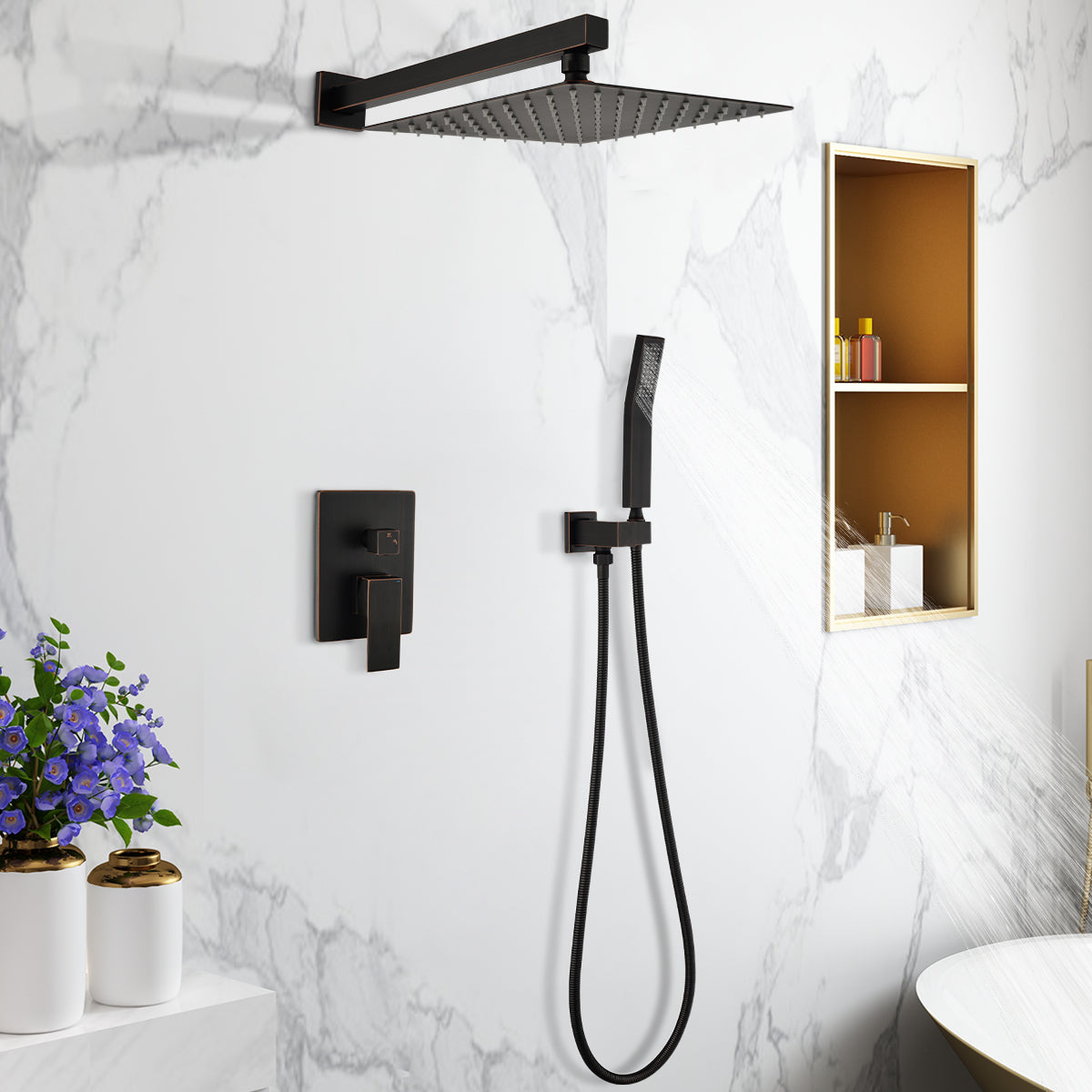






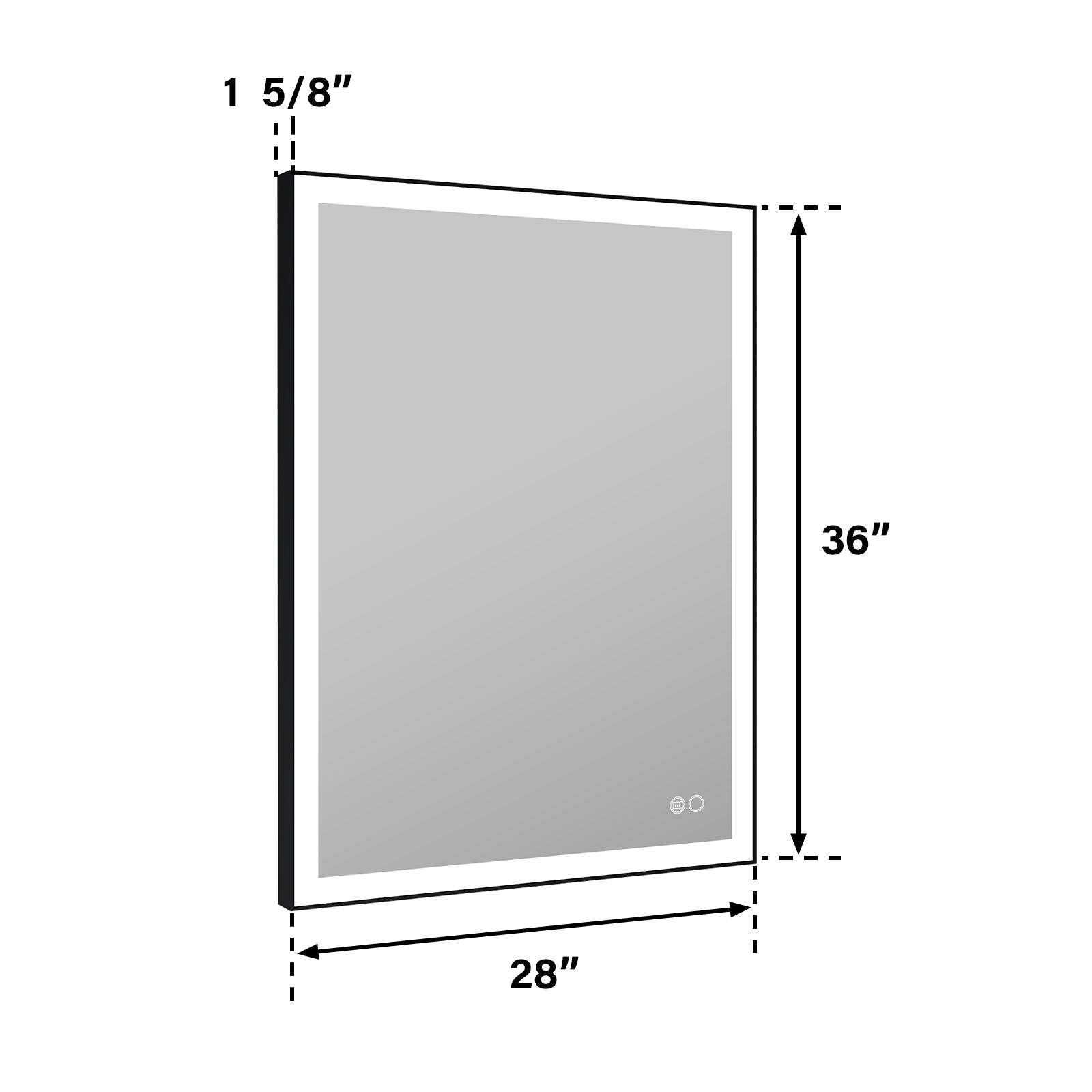

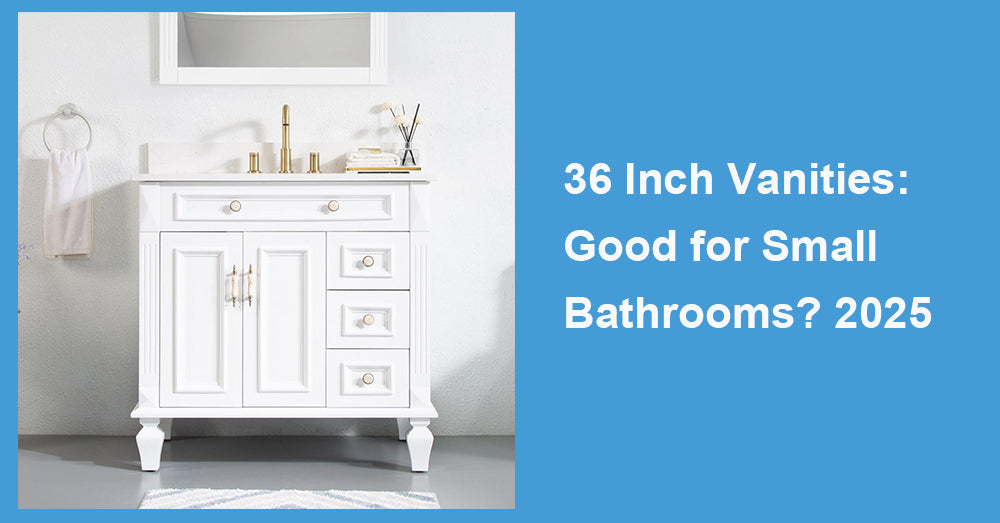
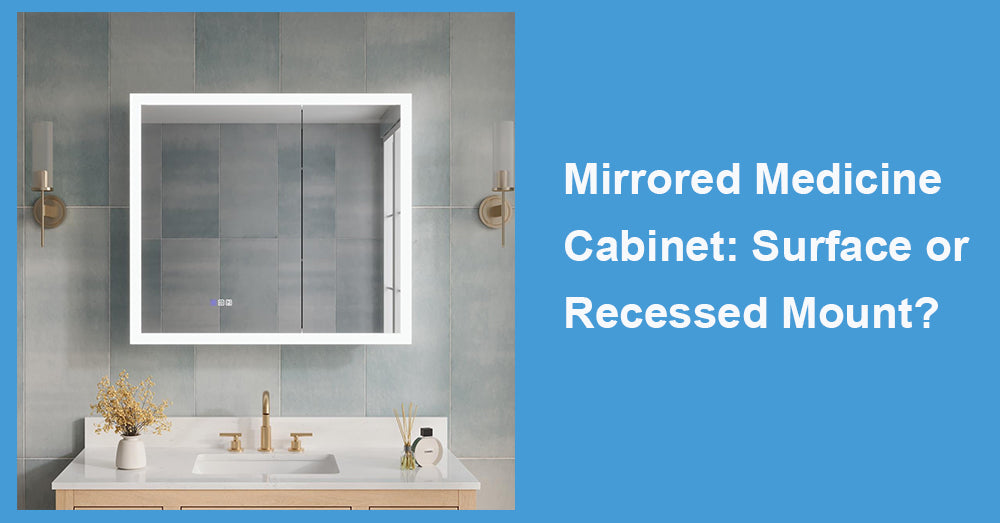
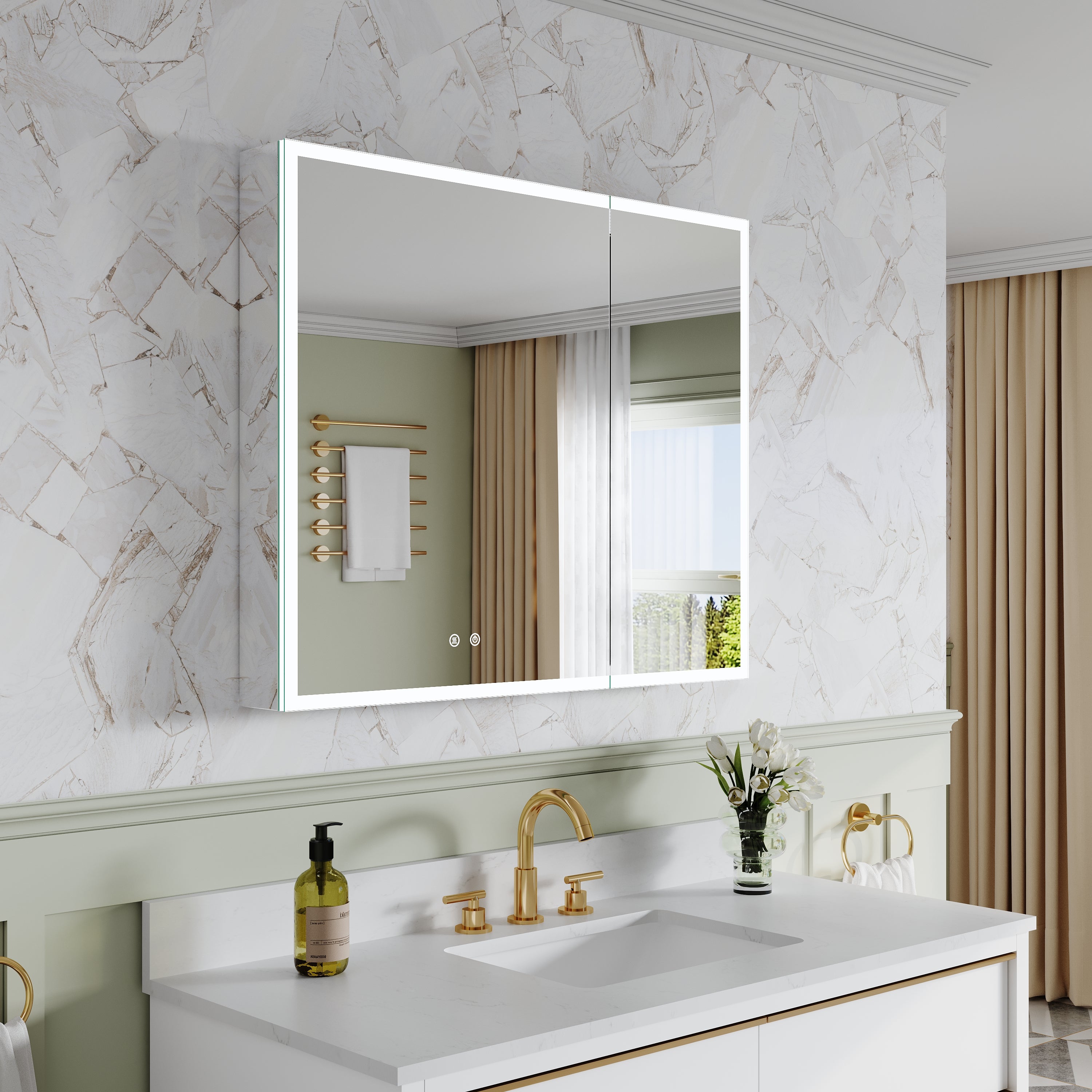
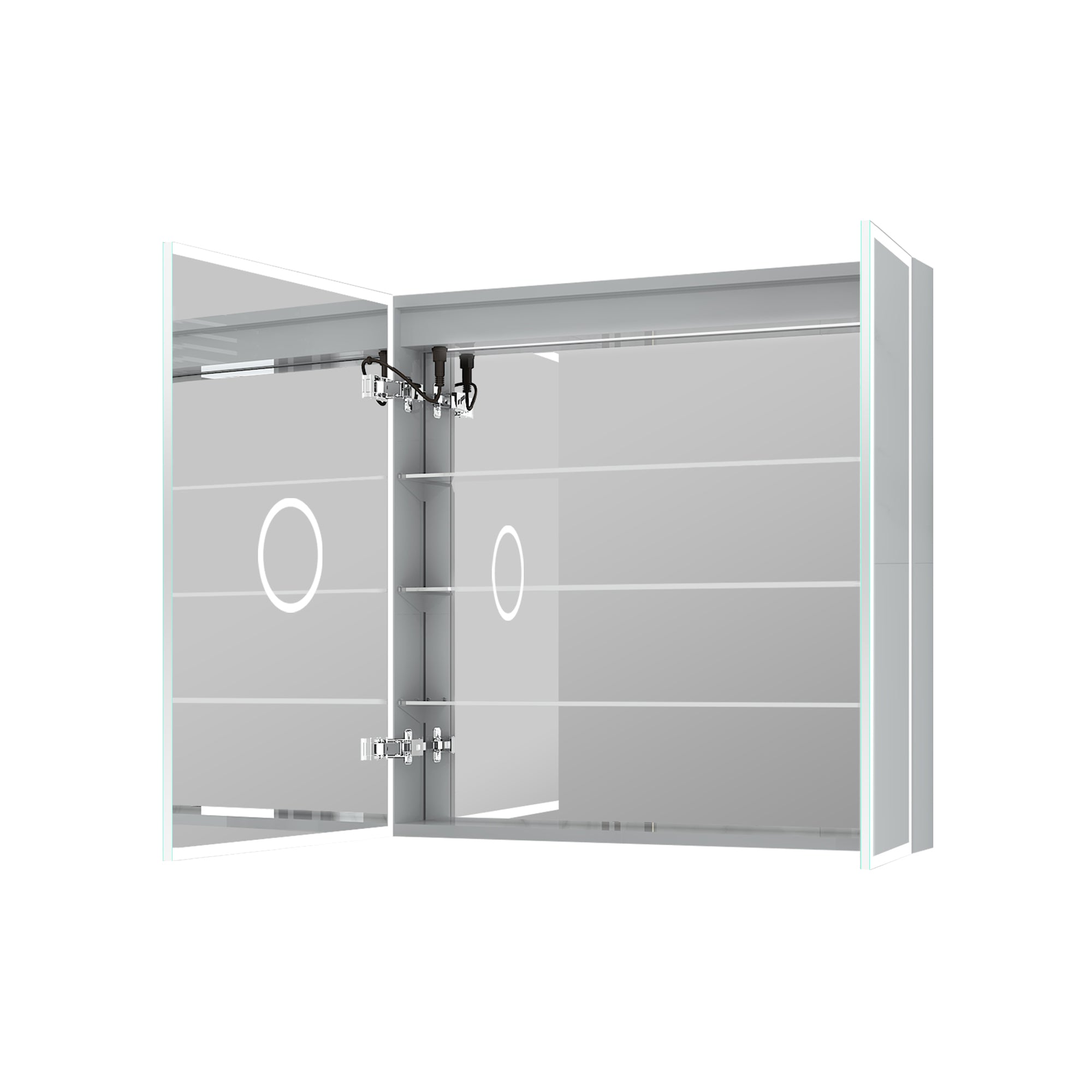
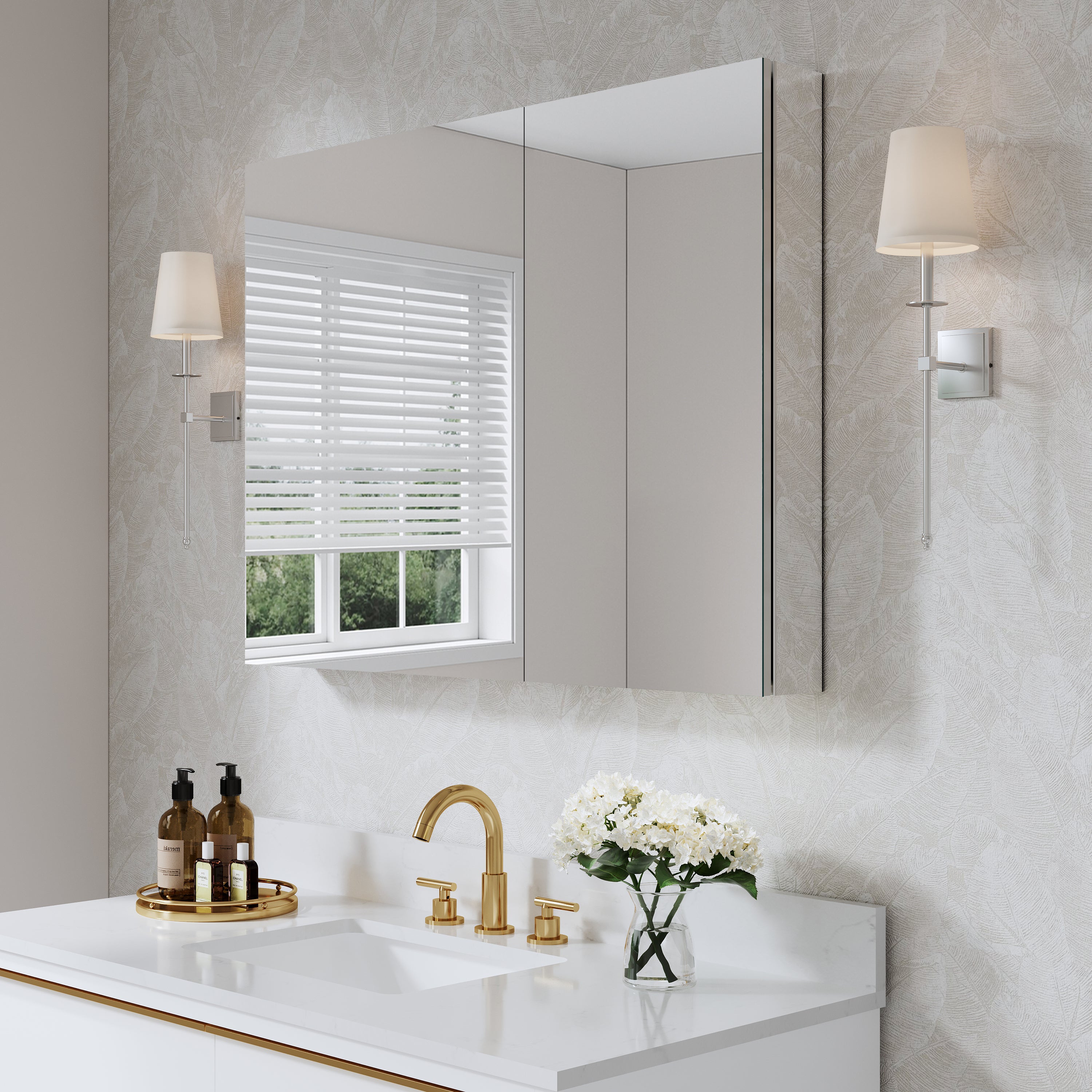

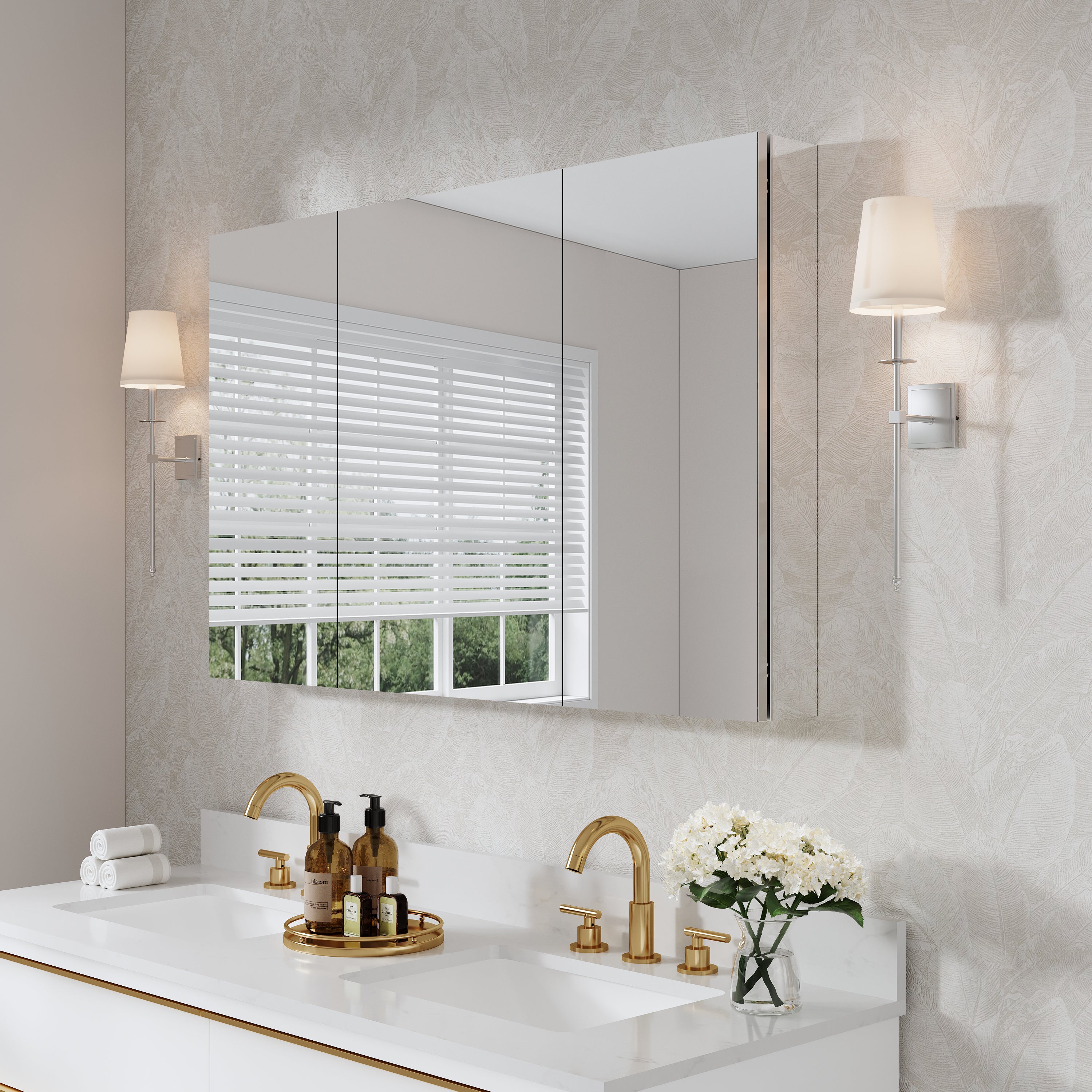
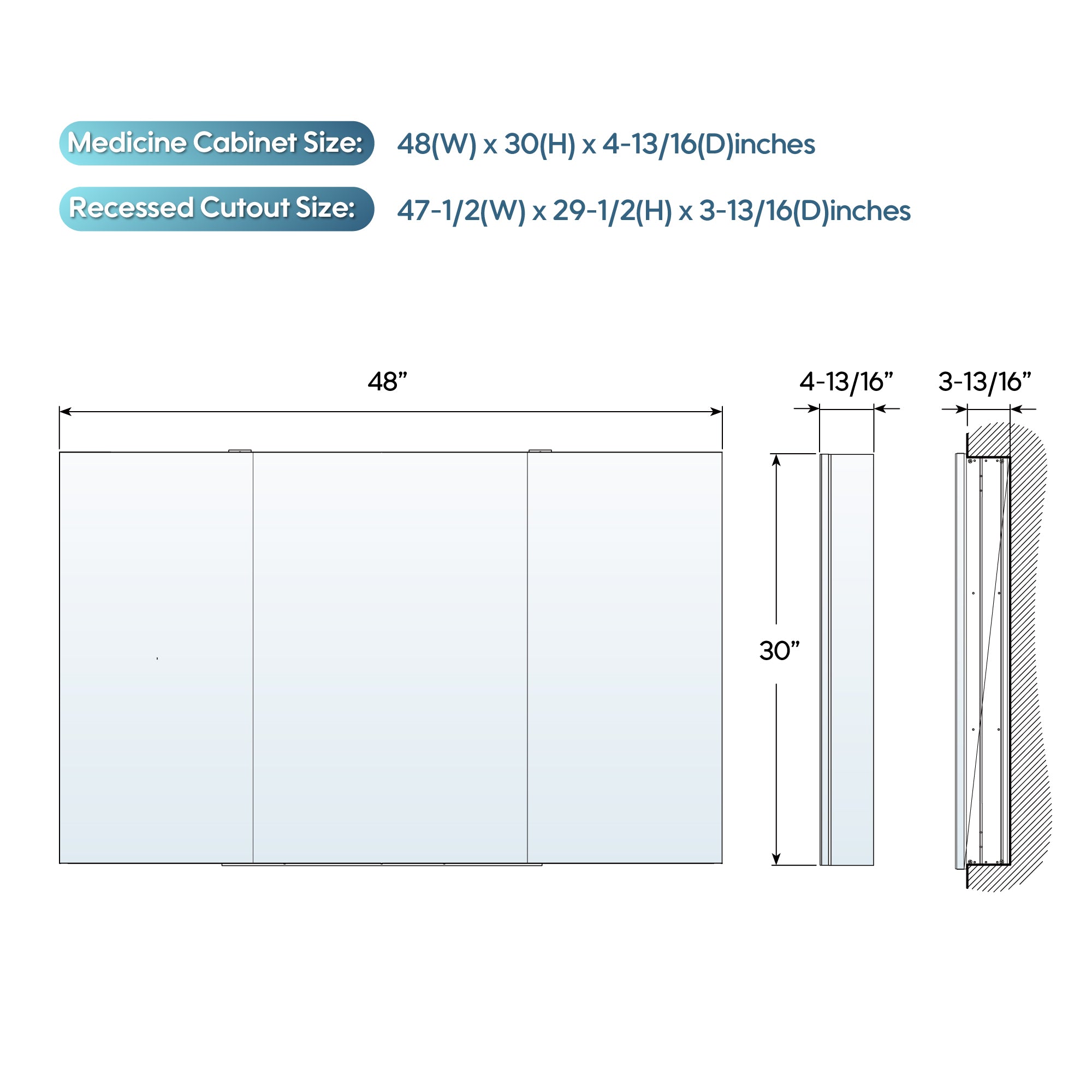

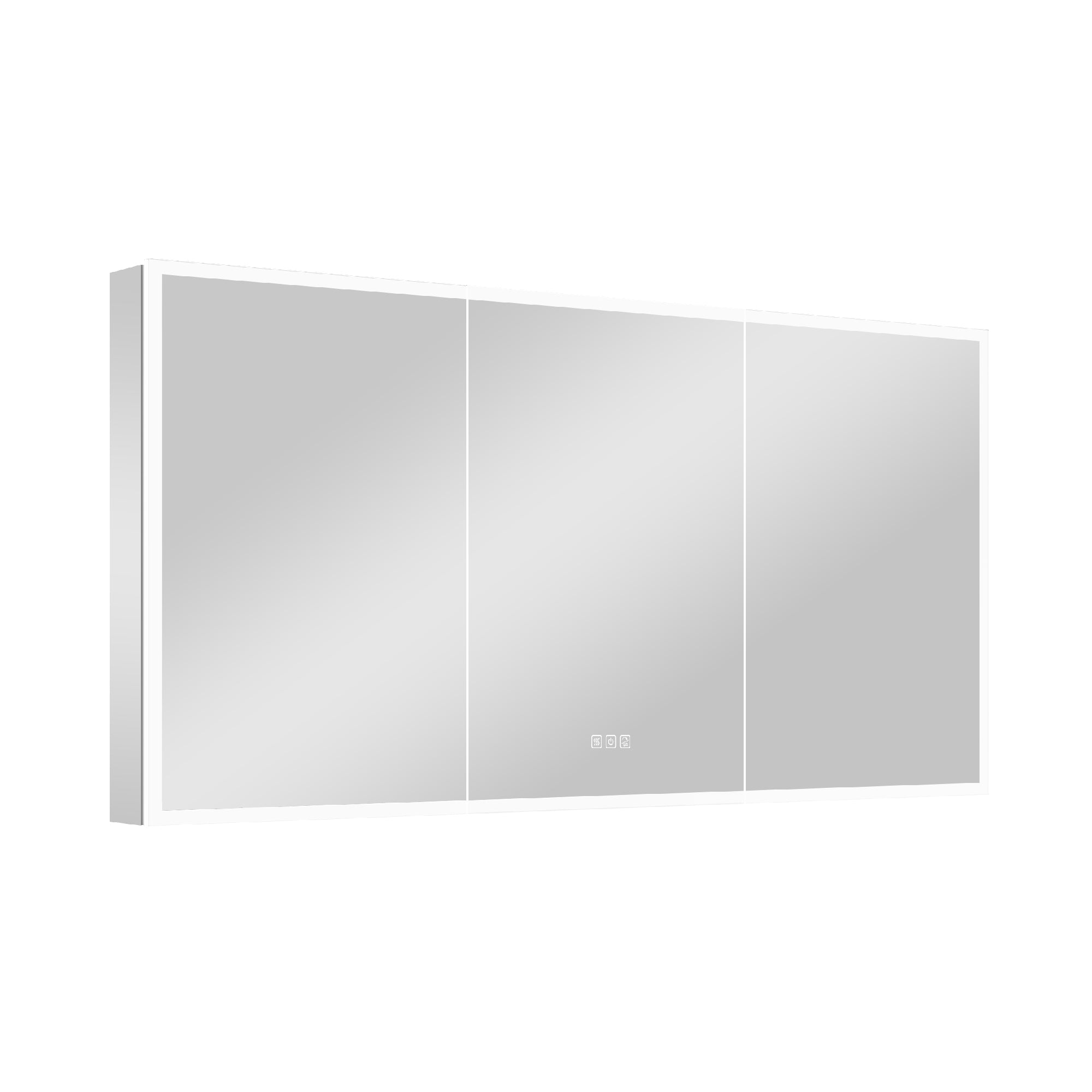
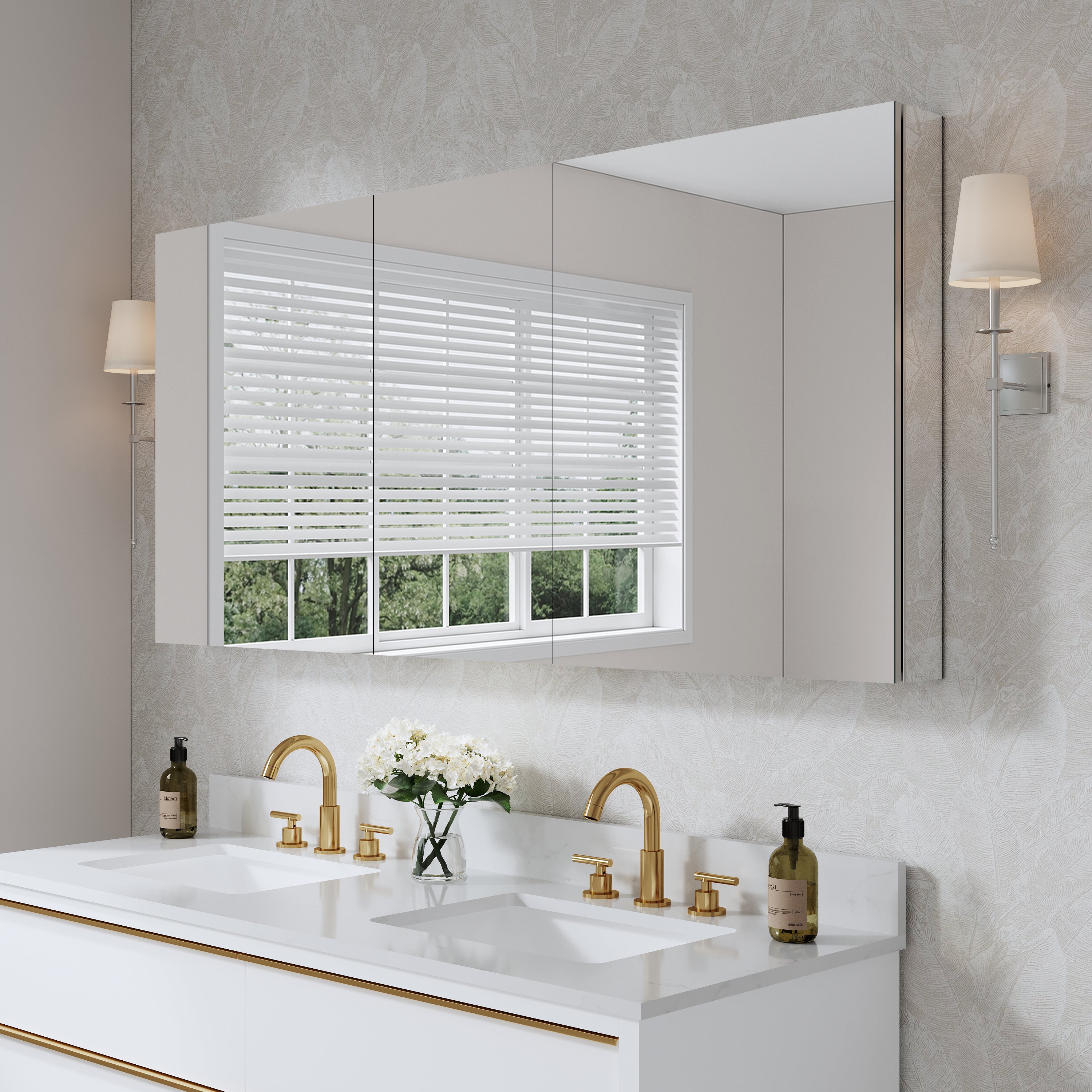




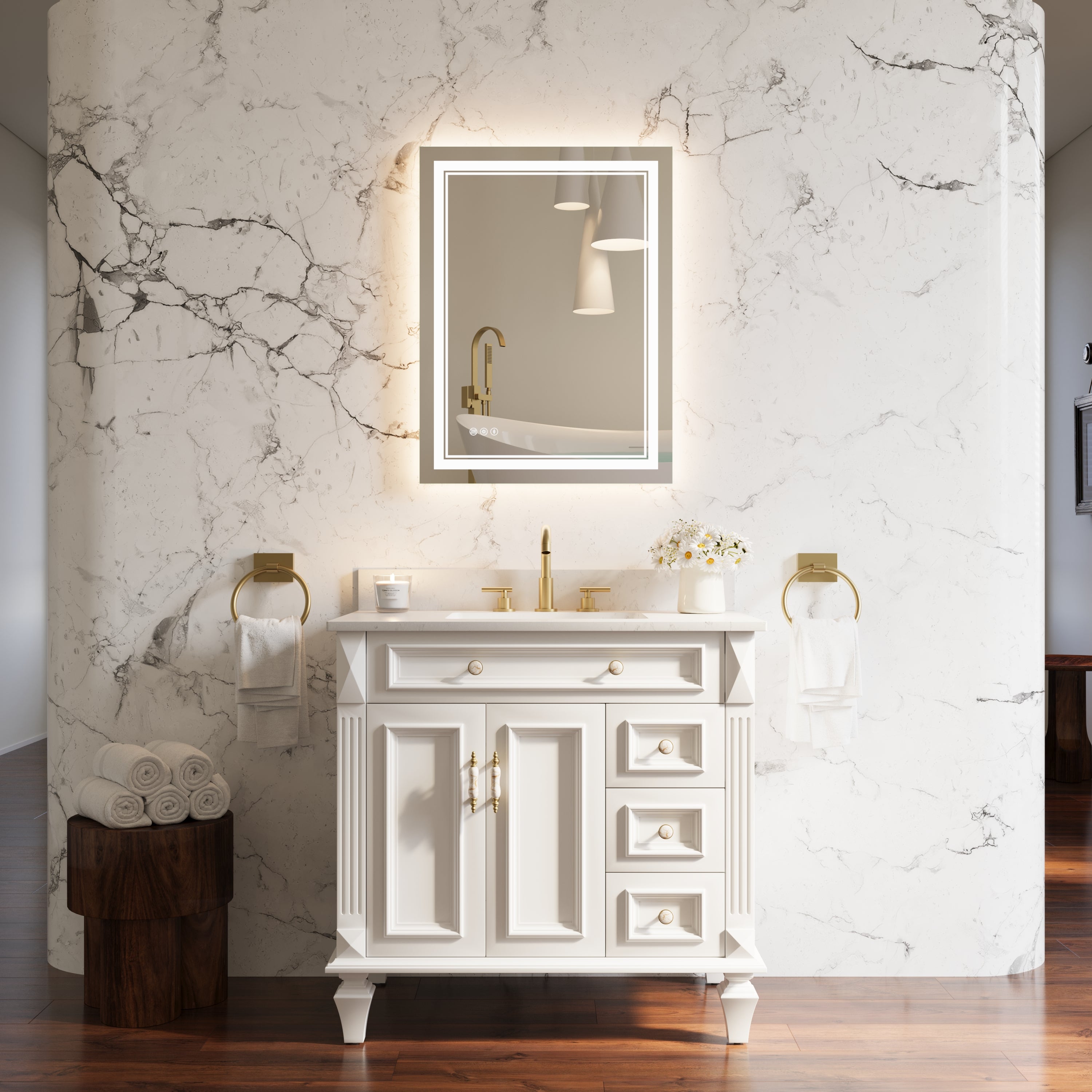
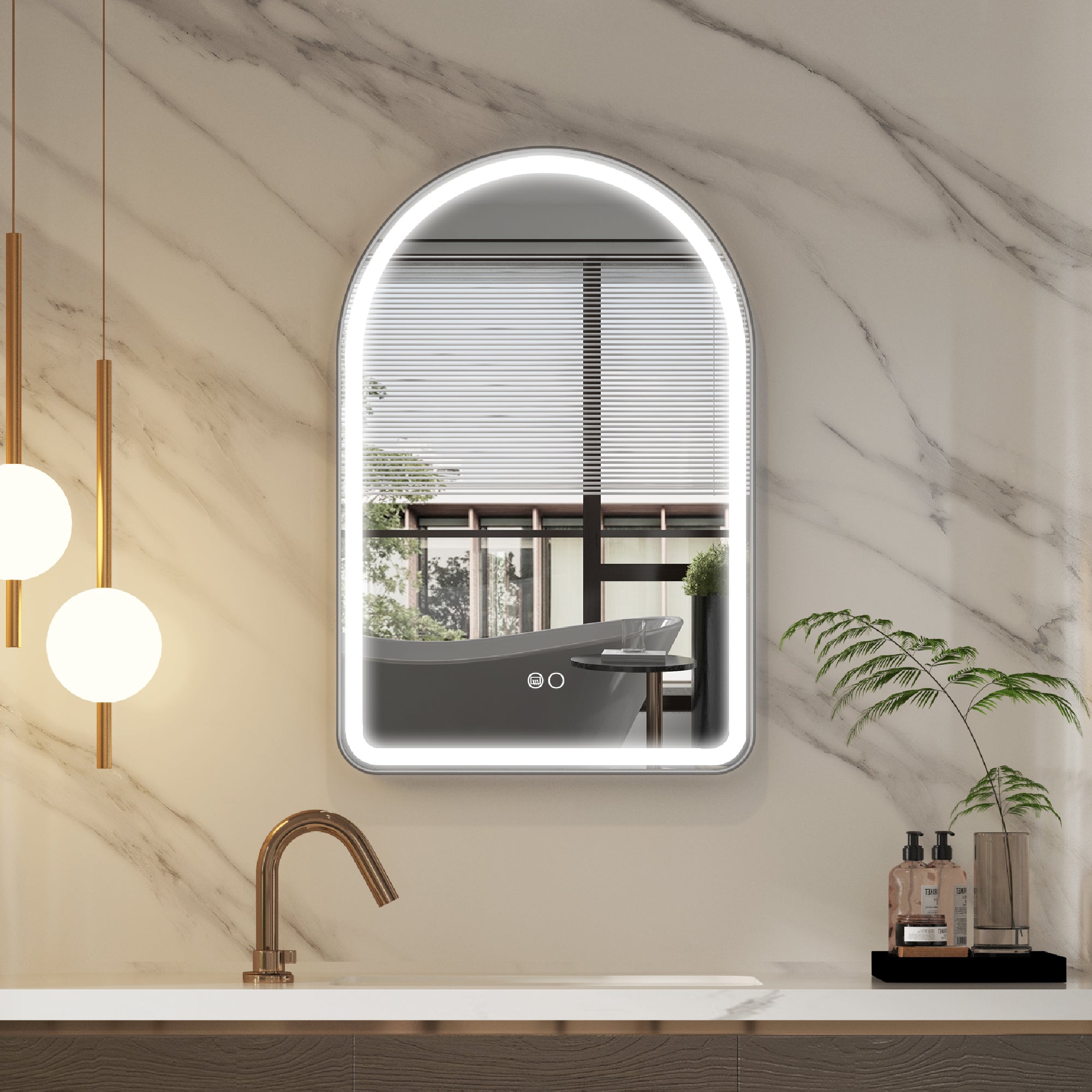
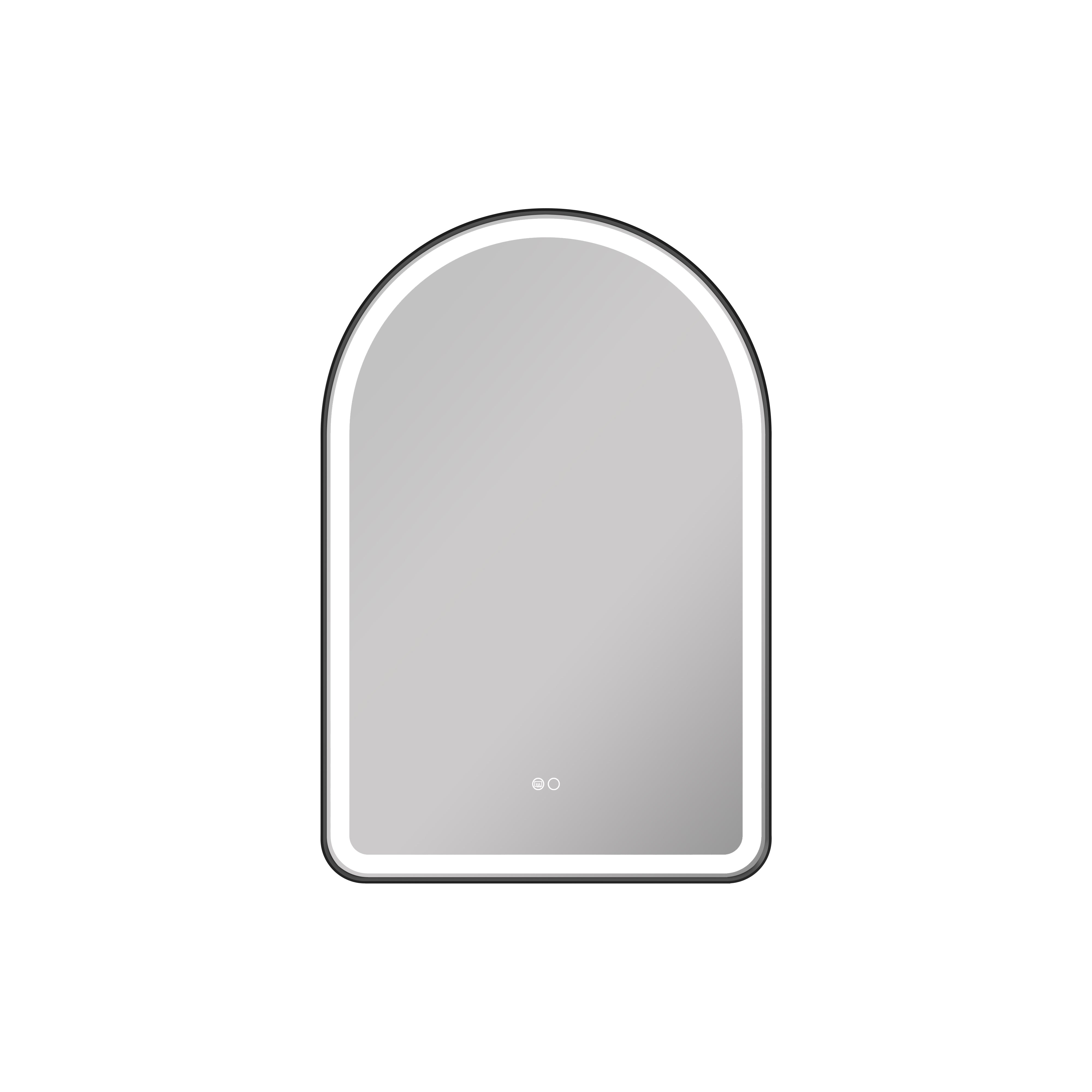

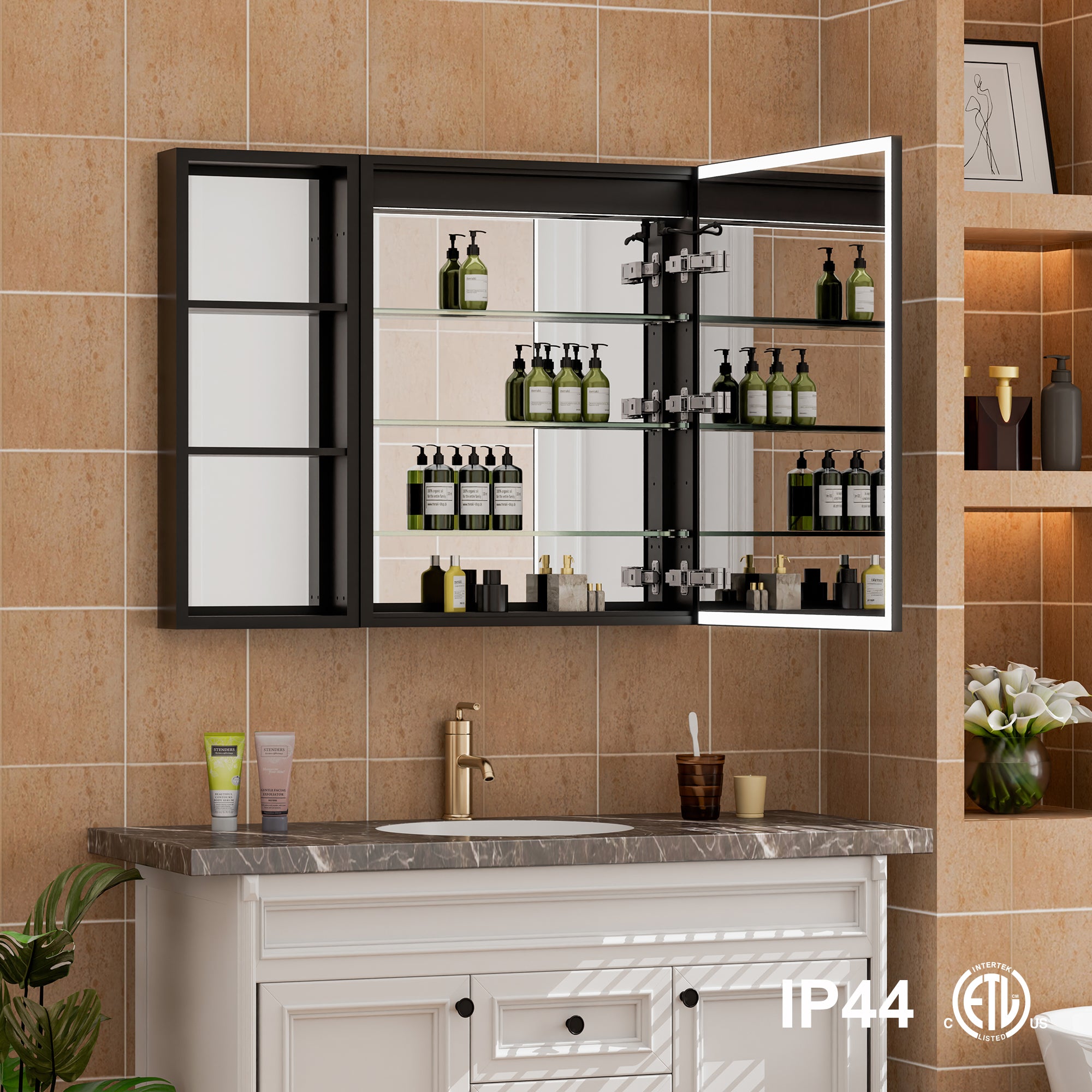
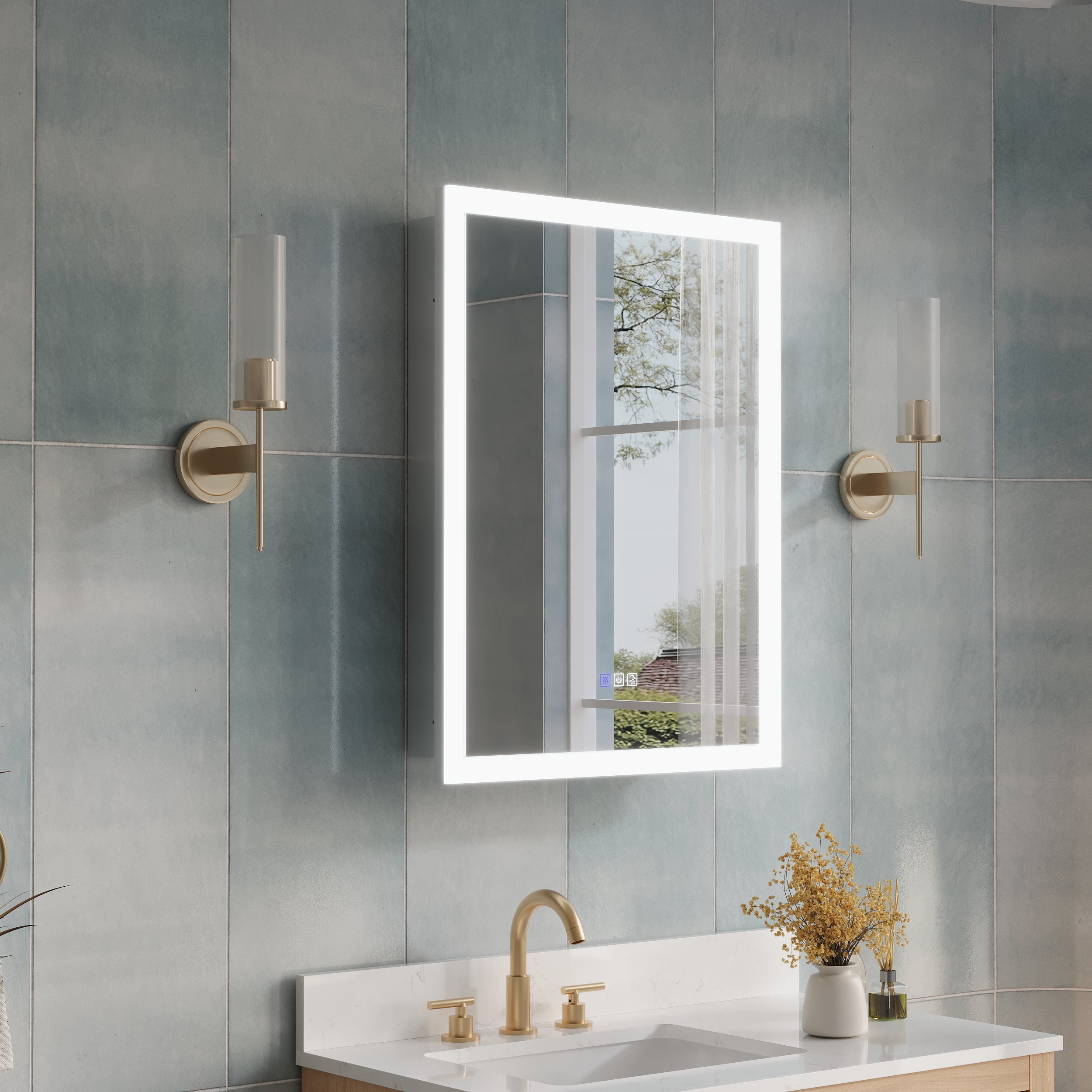
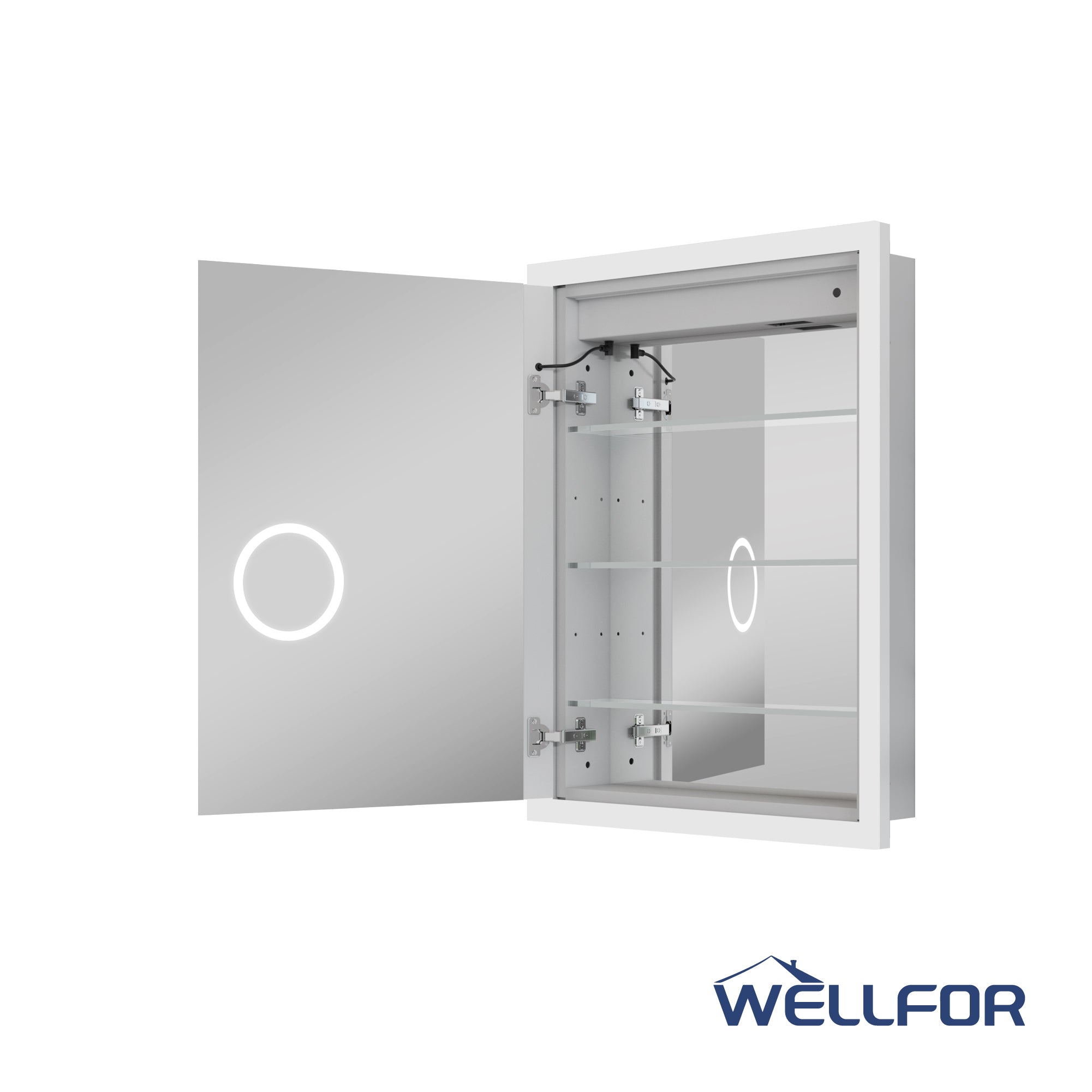
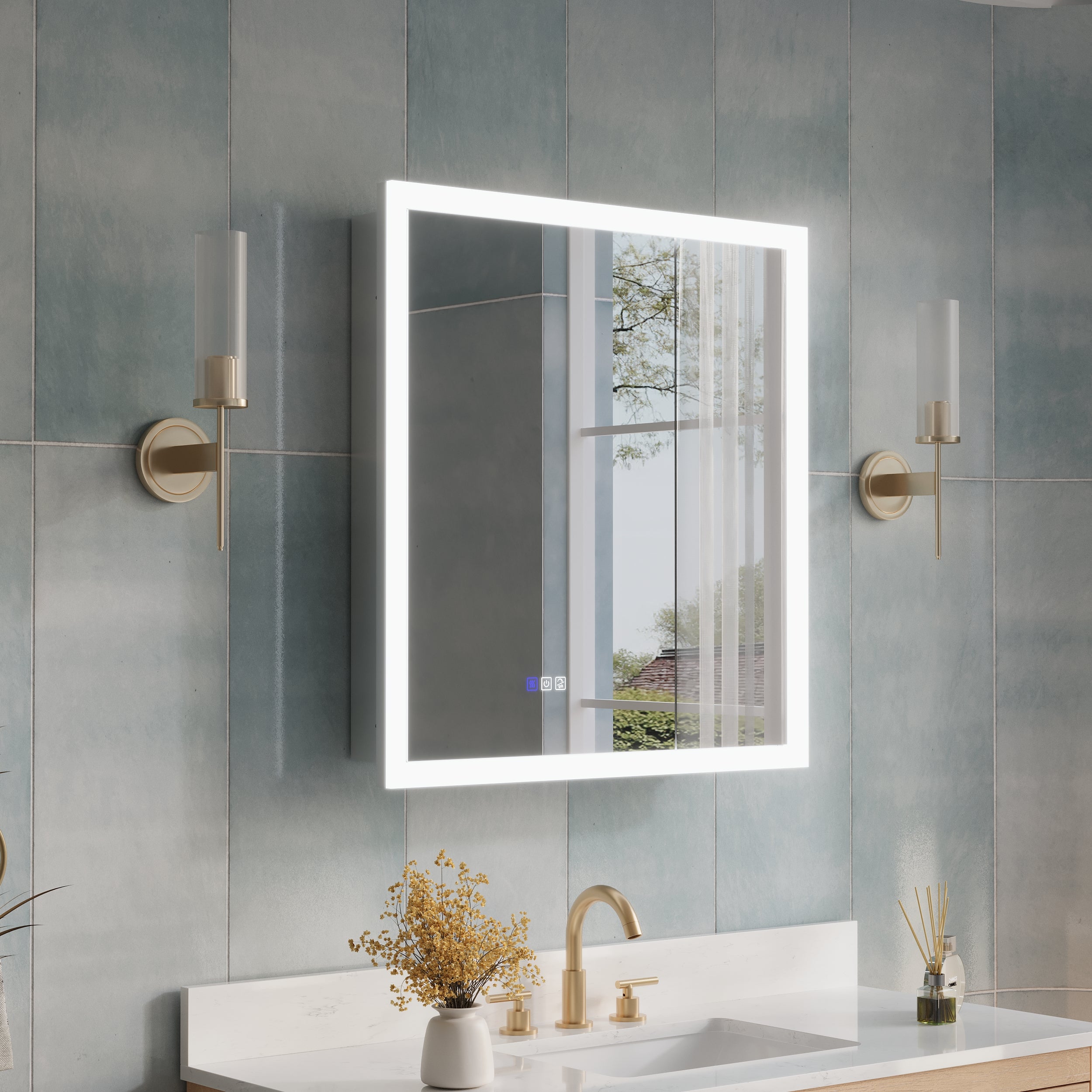
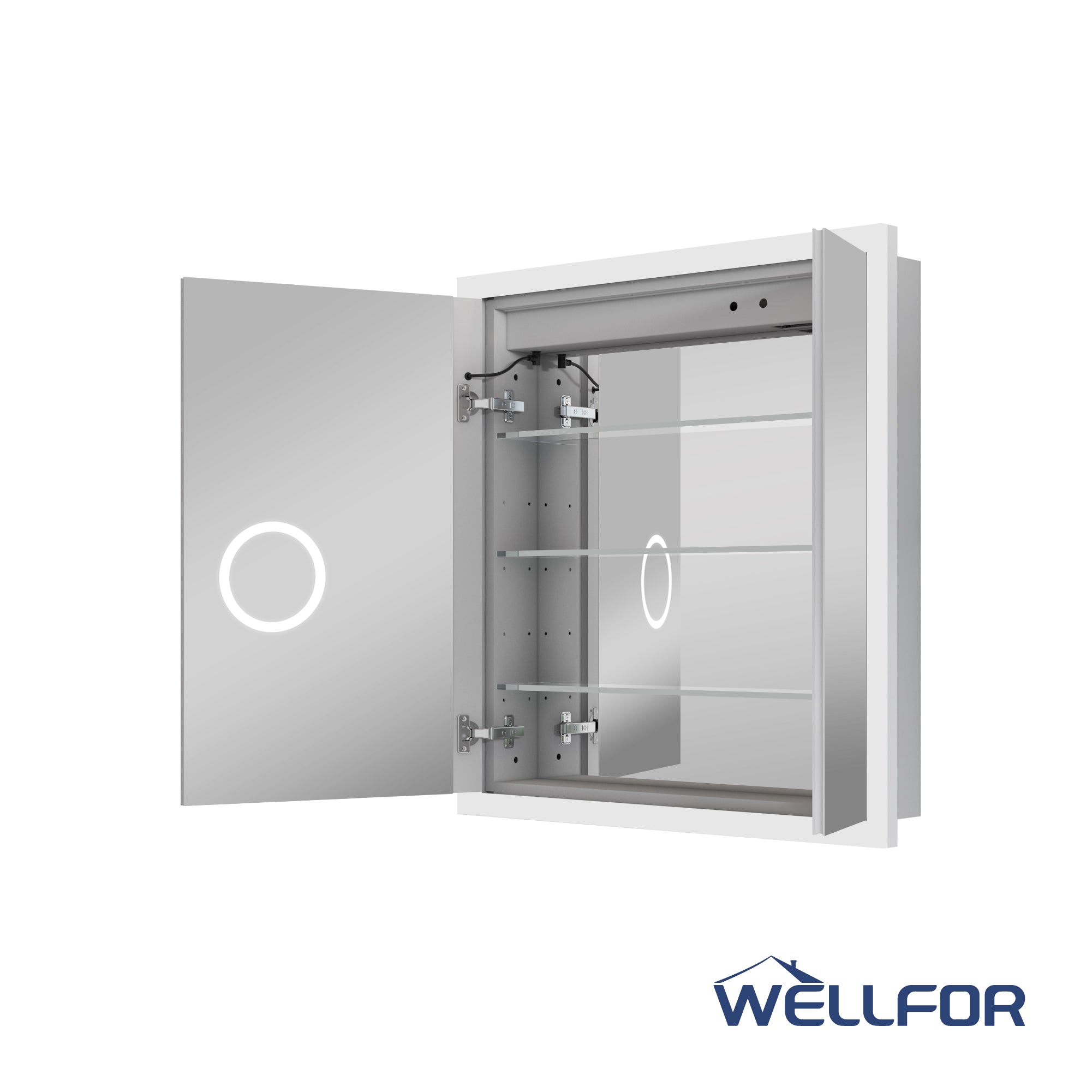
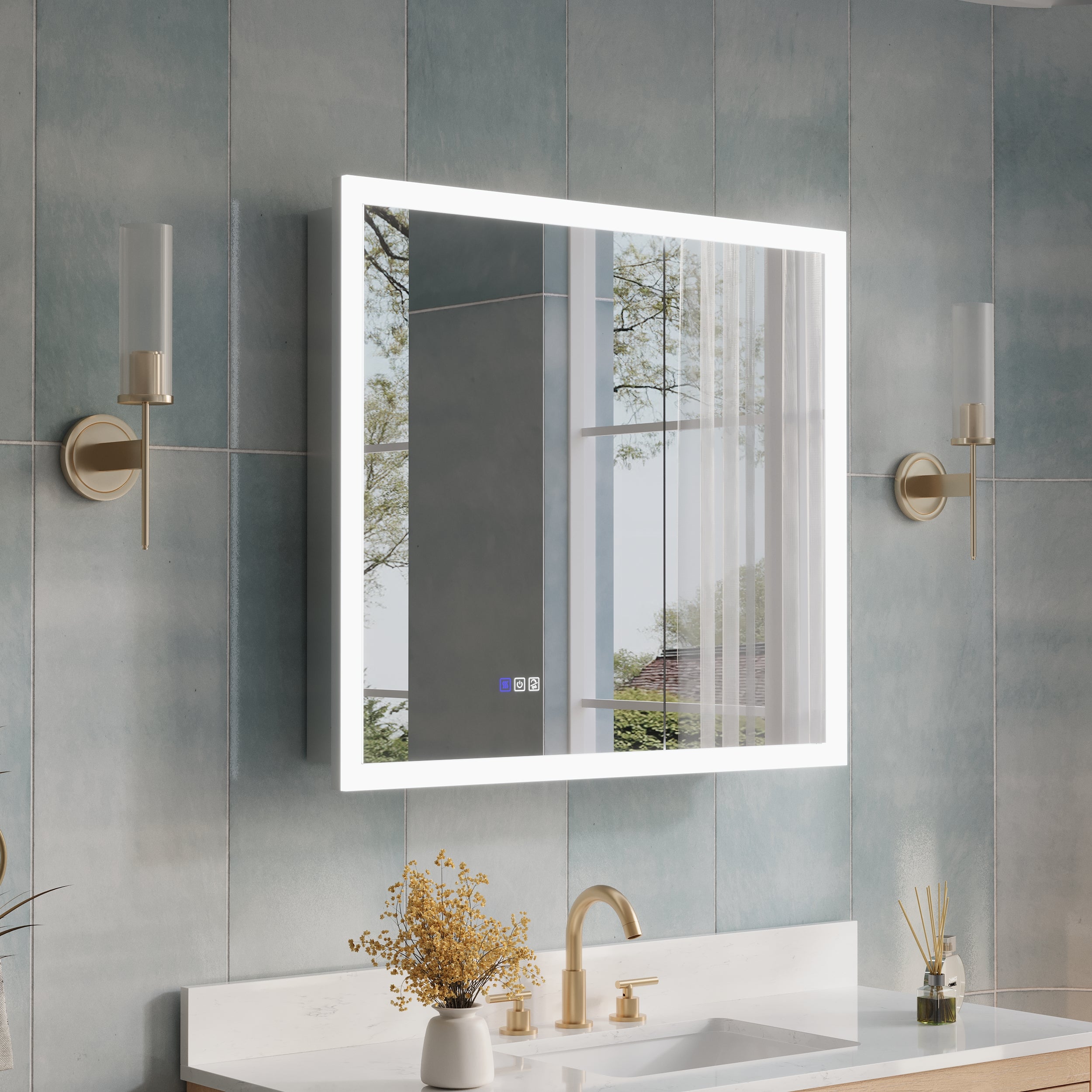

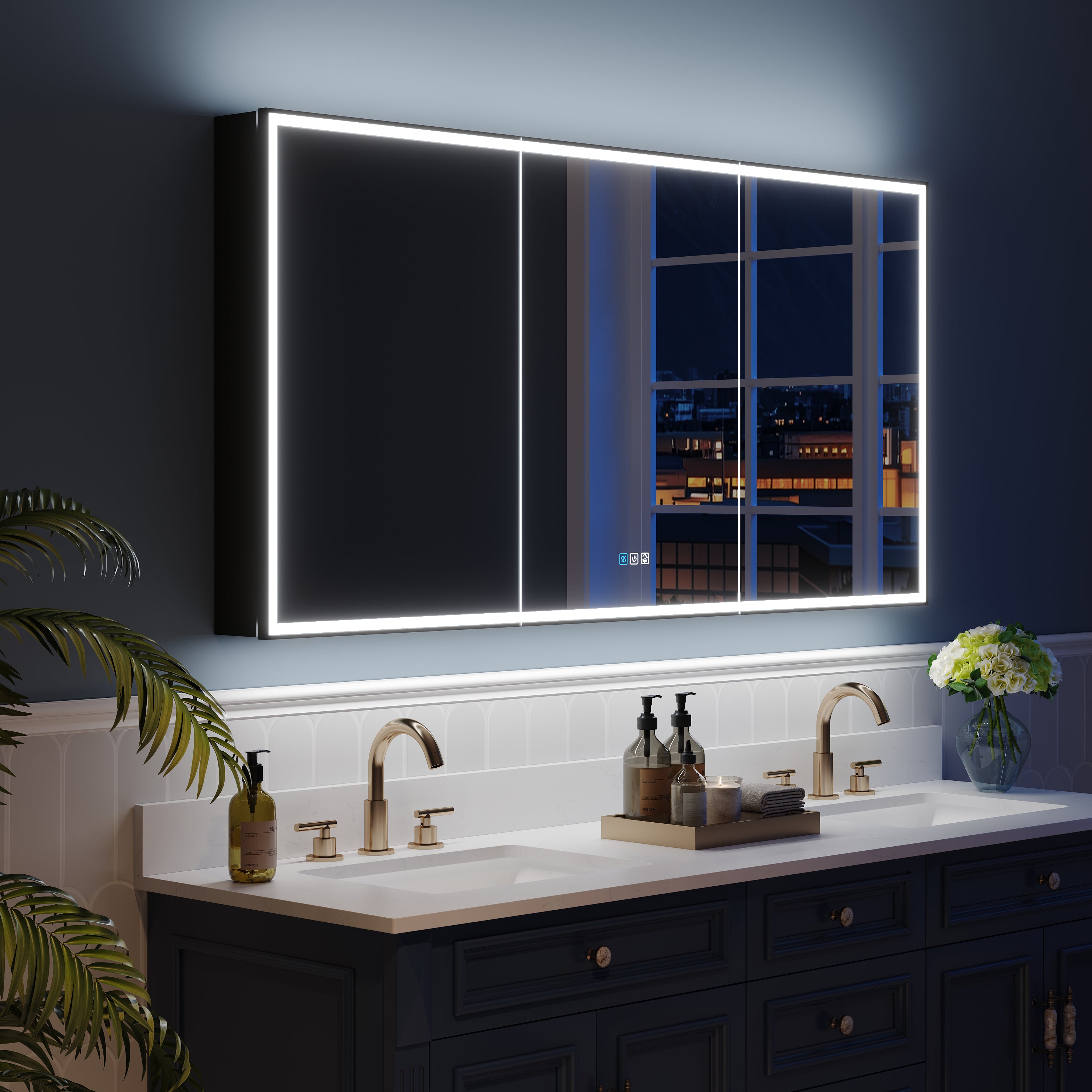
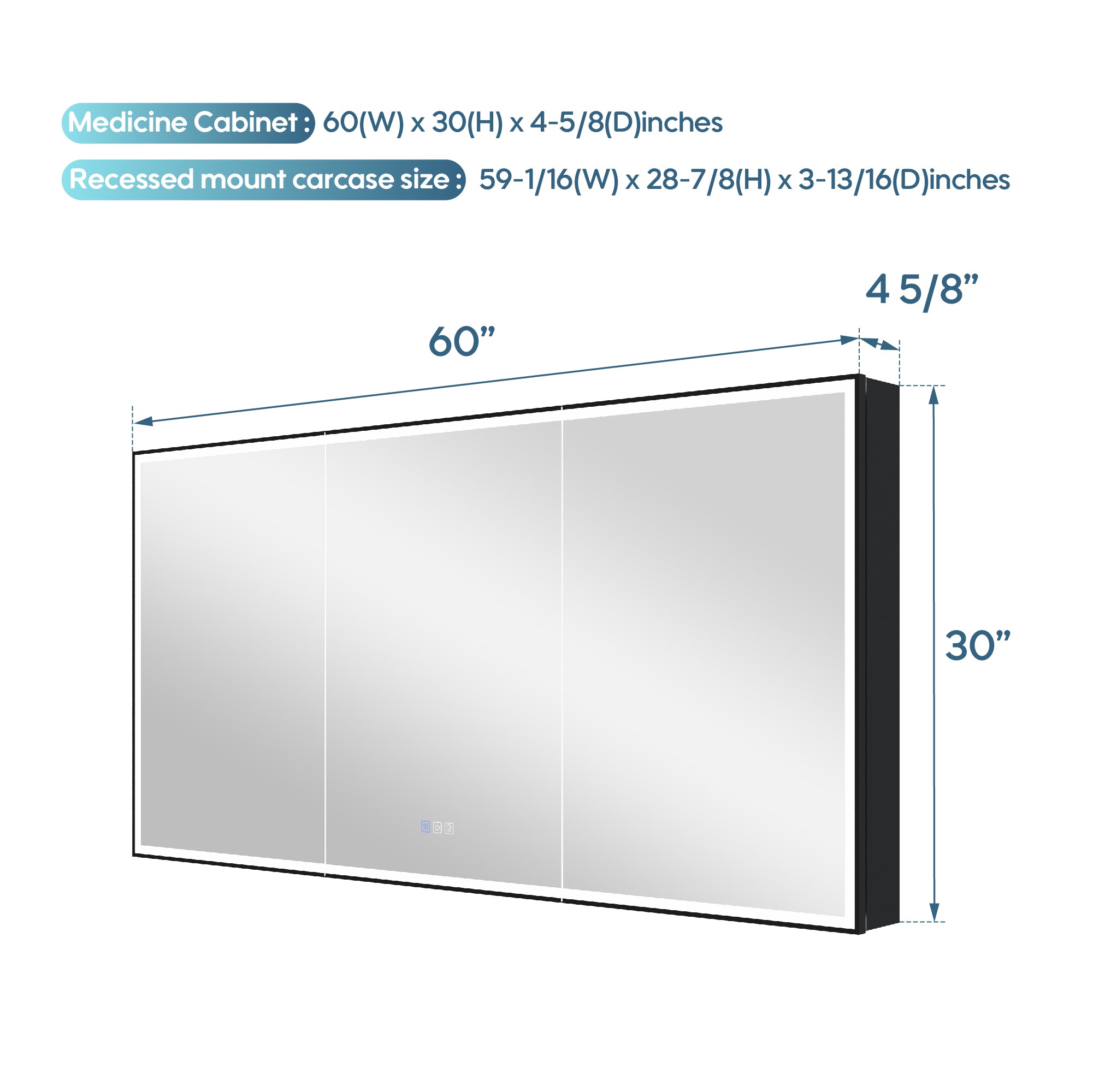
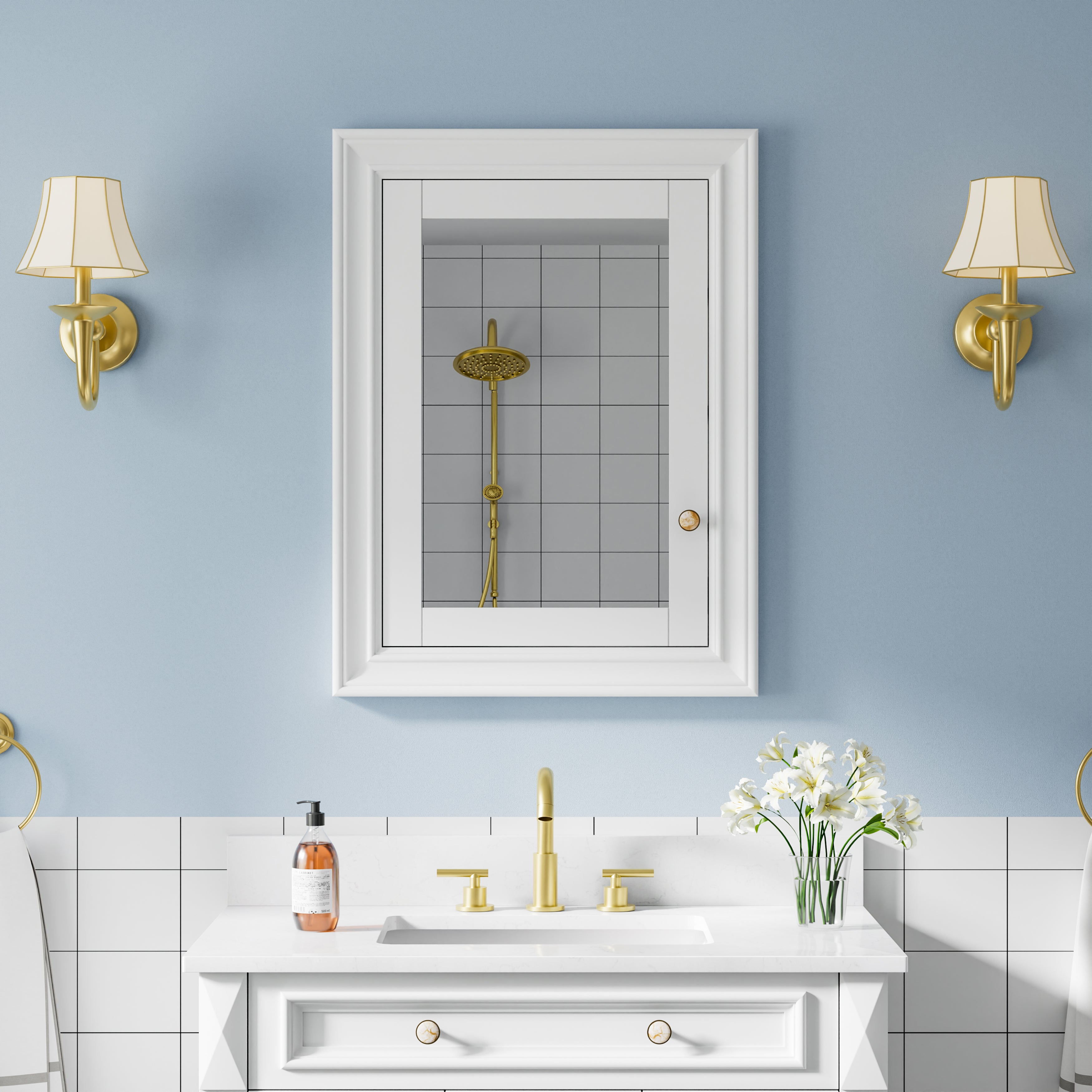


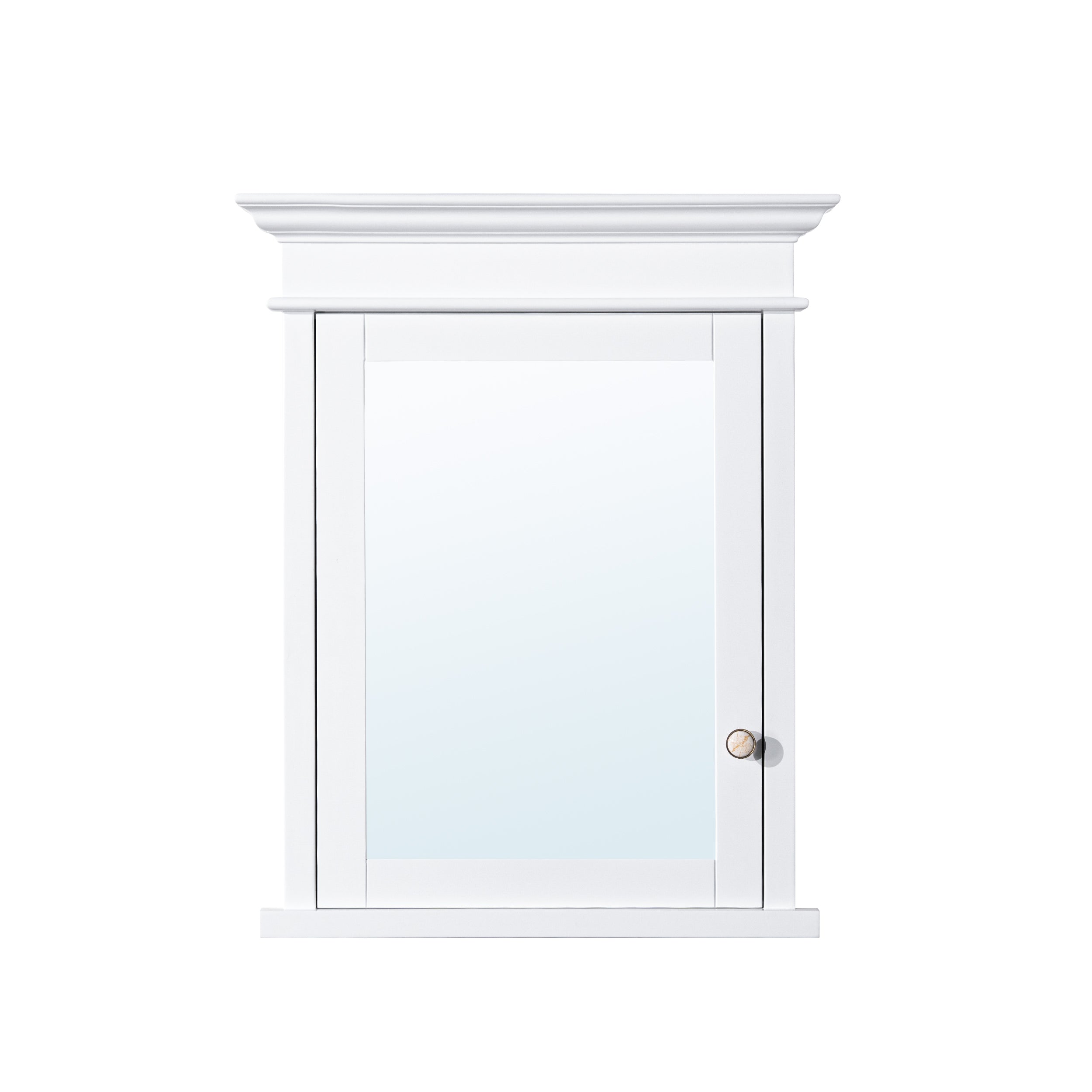

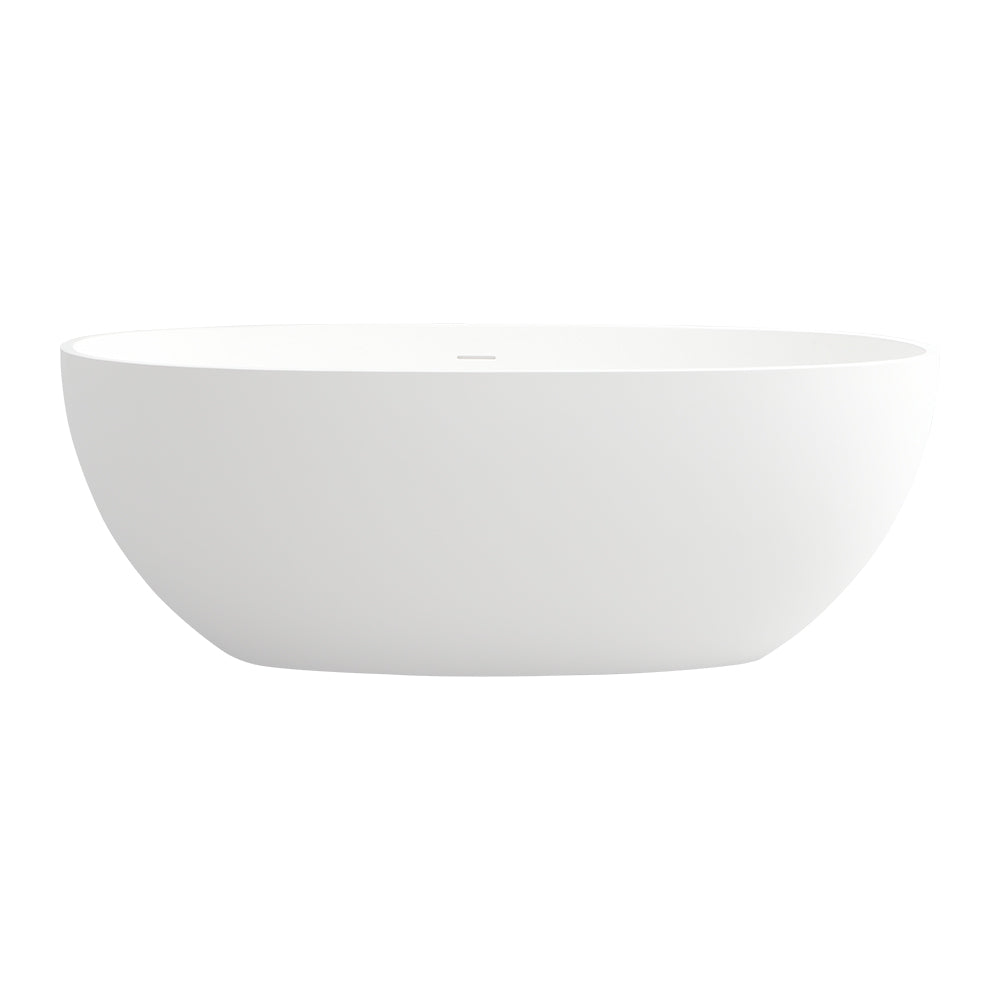


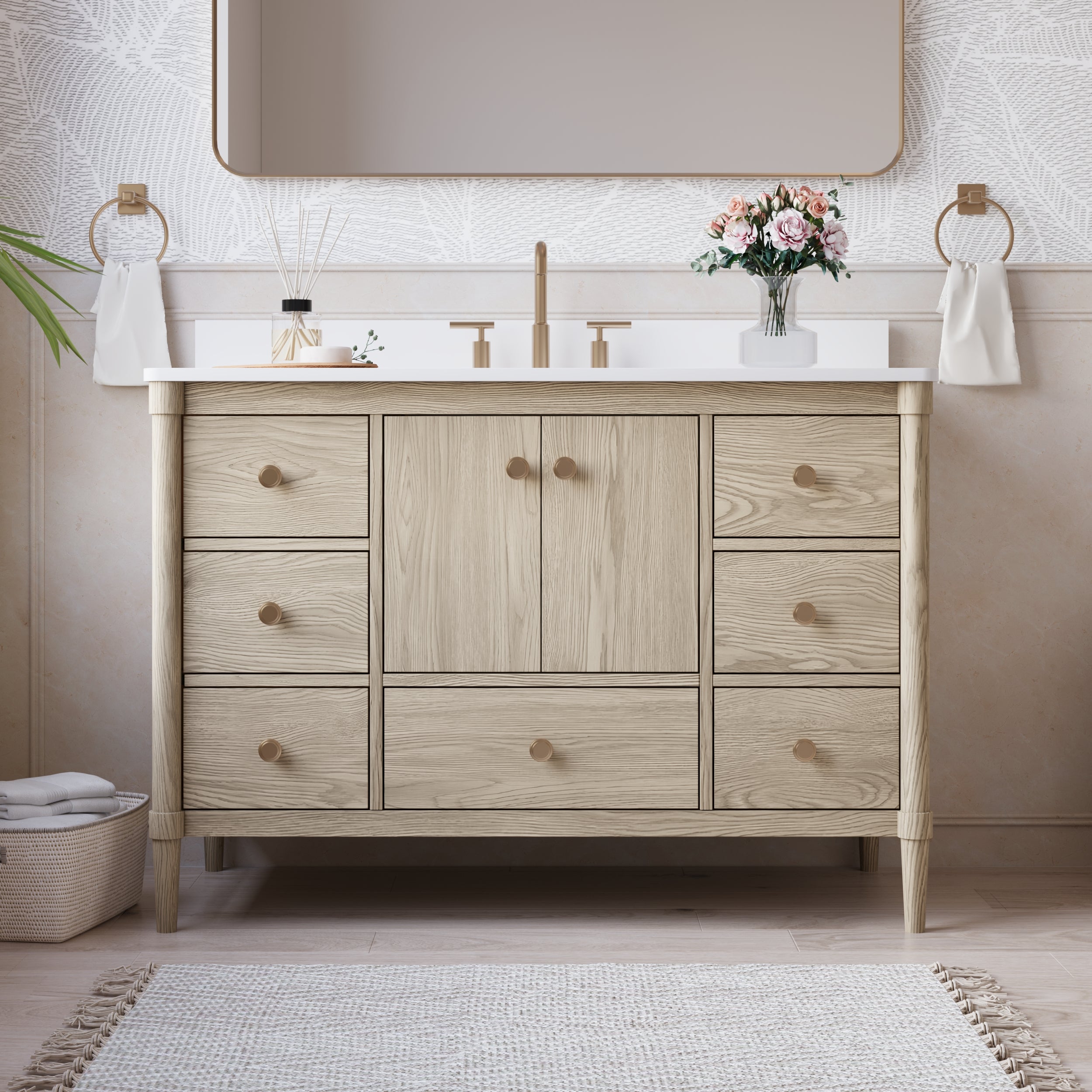
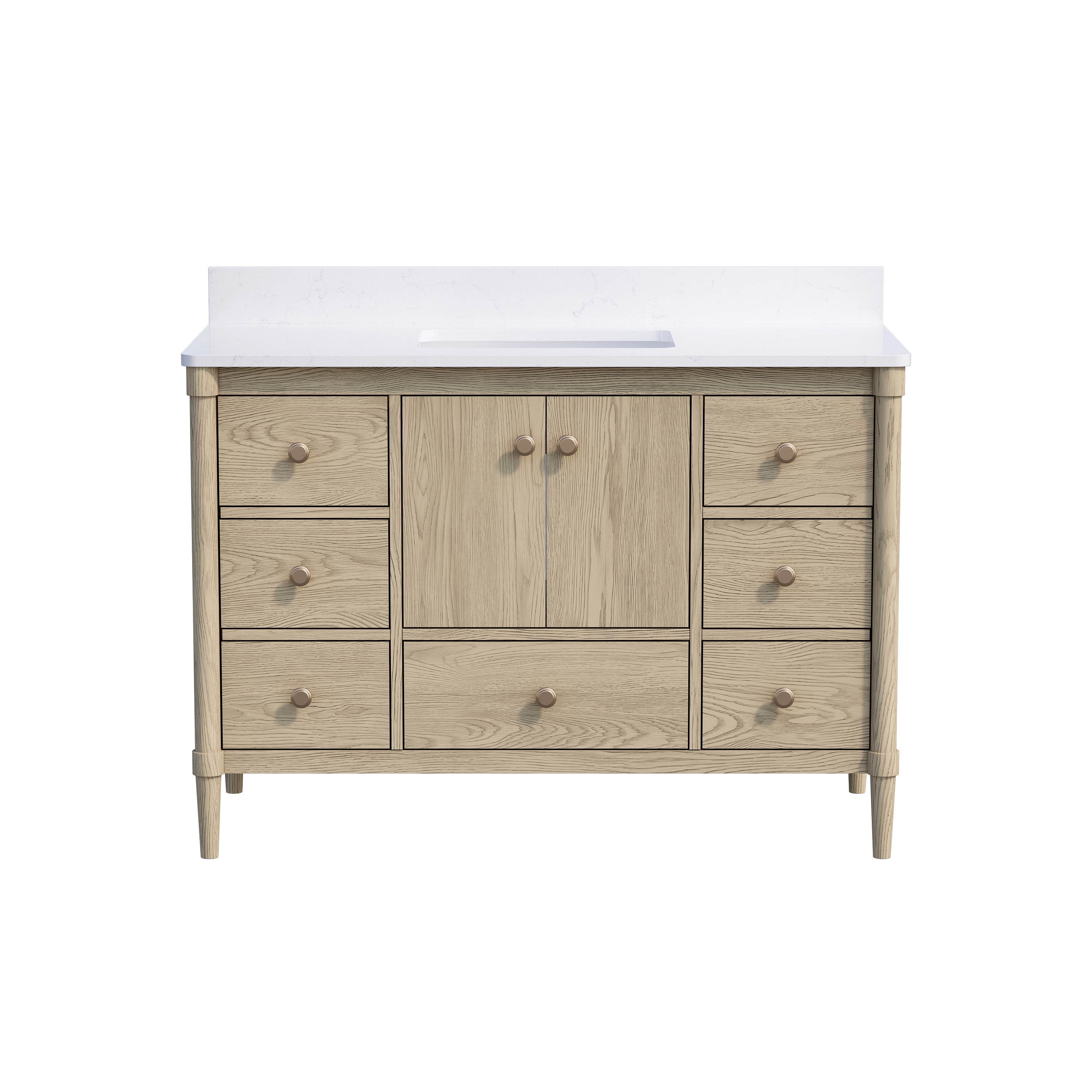
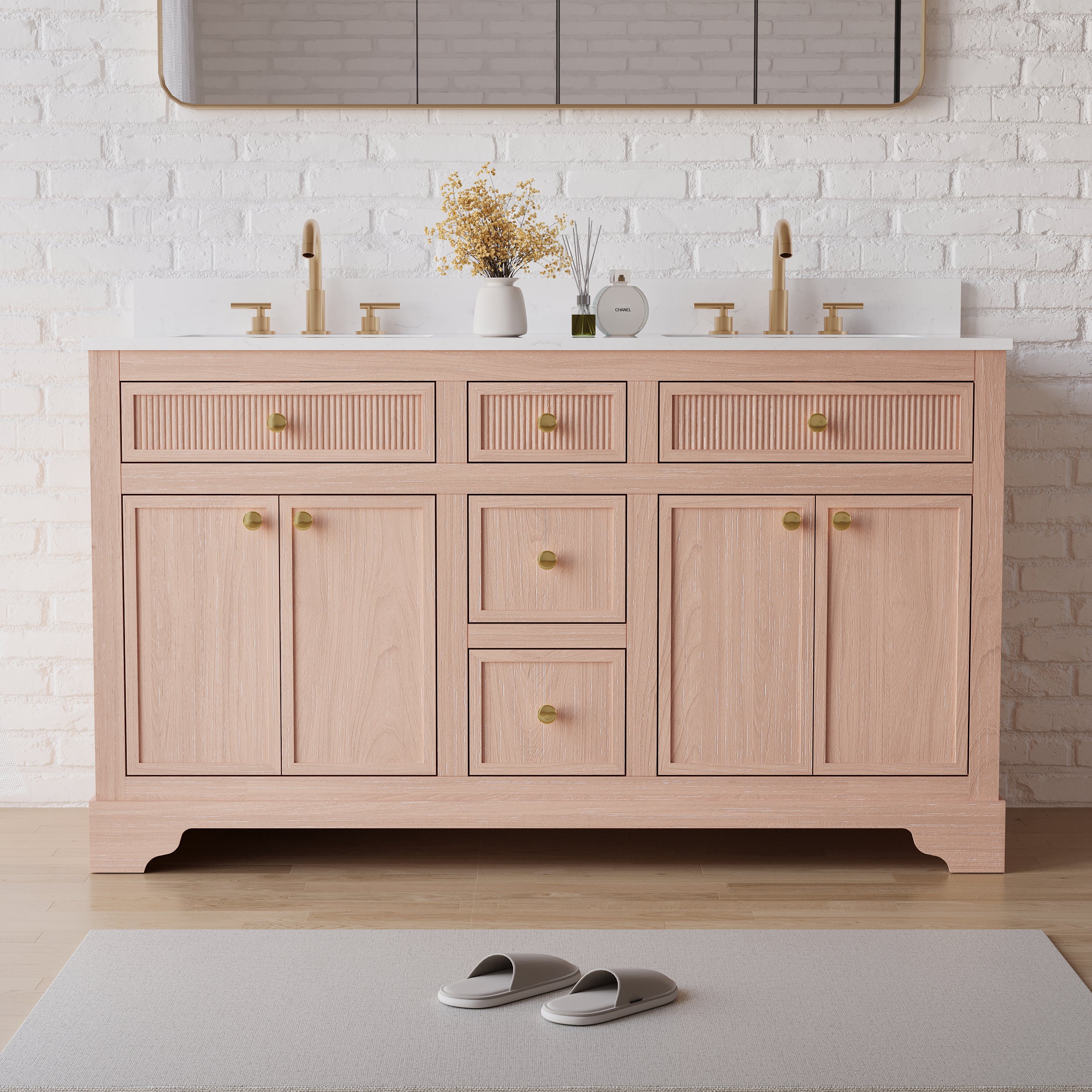



Leave a comment
This site is protected by hCaptcha and the hCaptcha Privacy Policy and Terms of Service apply.